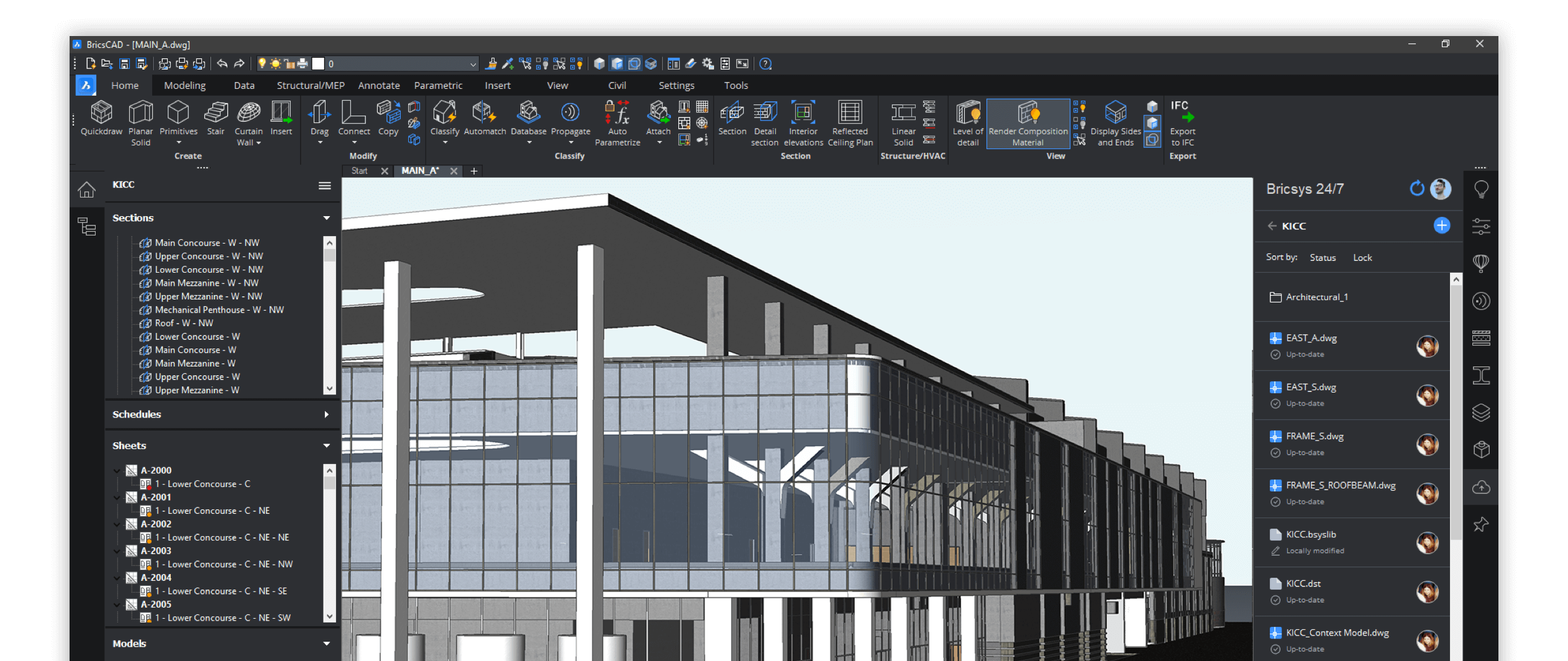Getting The Bim Initiative To Work
It can permit architects and engineers to incorporate and examine environmental concerns in their design over the life cycle of the property. International developments [edit] China started its expedition on informatisation in 2001.http://www.studyguideindia.com/blogs/important-features-of-structural-engineering-companies.html The Ministry of Building and construction announced BIM was as the essential application technology of informatisation in “10 brand-new innovations of building and construction market” (by 2010).
Therefore, the year 2011 was referred to as “The First Year of China’s BIM”. Hong Kong [edit] The Hong Kong Housing Authority set a target of full BIM implementation in 2014/2015. Building, Smart Hong Kong was inaugurated in Hong Kong SAR in late April 2012. The Government of Hong Kong mandates the usage of BIM for all federal government tasks over HK$ 30M because 1 January 2018.
Due to its population and economic growth, India has an expanding building and construction market. In spite of this, BIM use was reported by only 22% of respondents to a 2014 study. In 2019, government authorities stated BIM might conserve as much as 20% by shortening building time, and prompted wider adoption by facilities ministries.
While it is not currently active, IBIMA goals to share knowledge resources to support construction engineering management decision-making. BIM implementation is targeted towards BIM Stage 2 by the year 2020 led by the Building and construction Market Development Board (CIDB Malaysia). Under the Building Industry Improvement Plan (CITP 2016-2020), it is hoped more emphasis on innovation adoption across the job life-cycle will induce higher performance.
The BCA Academy is training students in BIM. The Ministry of Land, Facilities and Transportation (MLIT) has announced “Start of BIM pilot task in federal government structure and repair work” (by 2010). Japan Institute of Architects (JIA) released the BIM guidelines (by 2012), which showed the program and anticipated effect of BIM to architects.
Nevertheless, it was not till the late 2000s that the Korean industry took note of BIM. The very first industry-level BIM conference was kept in April 2008, after which, BIM has been spread out very rapidly. Since 2010, the Korean government has actually been slowly increasing the scope of BIM-mandated jobs. Mc, Graw Hill published an in-depth report in 2012 on the status of BIM adoption and application in South Korea.
The smart Trick of Understanding Levels Of Bim – A2k Store That Nobody is Talking About
The one page circular initiated strong interest in BIM and the marketplace reacted in preparation for more guidelines and direction. In 2015 the Municipality released another circular (207) entitled ‘Relating to the growth of applying the (BIM) on buildings and facilities in the emirate of Dubai’ that made BIM mandatory on more jobs by decreasing the minimum size and height requirement for projects needing BIM.
In 2016, the UAE’s Quality and Conformity Commission set up a BIM steering group to examine statewide adoption of BIM. Austrian requirements for digital modeling are summed up in the NORM A 6241, published on March 15, 2015. The NORM A 6241-1 (BIM Level 2), which replaced the NORM A 6240-4, has been extended in the in-depth and executive design phases, and remedied in the lack of definitions.
The Czech BIM Council, developed in May 2011, intends to implement BIM approaches into the Czech structure and creating processes, education, requirements and legislation. In Estonia digital building cluster (Digitaalehituse Klaster) was formed in 2015 to establish BIM options for the entire life-cycle of building., Grid and e-construction portal to increase the worldwide competitiveness and sales of Estonian organizations in the building and construction field.

In France, a Structure shift digital strategy – French acronym PTNB – has actually been produced (mandated given that 2015 to 2017 and under several ministries)., called Mediaconstruct (existing since 1989).

In November 2017, Ireland’s Department for Public Expenditure and Reform introduced a technique to increase use of digital innovation in delivery of crucial public works jobs, requiring the use of BIM to be phased in over the next 4 years. Through the brand-new D.l. 50, in April 2016 Italy has included into its own legislation numerous European regulations consisting of 2014/24/EU on Public Procurement.
A standard in 8 parts is also being written to support the shift: UNI 11337-1, UNI 11337-4 and UNI 11337-5 were released in January 2017, with 5 further chapters to follow within a year. In early 2018 the Italian Ministry of Facilities and Transportation issued a decree (DM 01/12/17) producing a governmental BIM Mandate compelling public client organisations to embrace a digital method by 2025, with an incremental responsibility which will start on 1 January 2019.

